Welcome to one of the most active flamenco sites on the Internet. Guests can read most posts but if you want to participate click here to register.
This site is dedicated to the memory of Paco de Lucía, Ron Mitchell, Guy Williams, Linda Elvira, Philip John Lee, Craig Eros, Ben Woods, David Serva and Tom Blackshear who went ahead of us.
We receive 12,200 visitors a month from 200 countries and 1.7 million page impressions a year. To advertise on this site please contact us.
|

|
|
Ramon Montoya's guitarS
|
You are logged in as Guest
|
|
Users viewing this topic: none
|
|
Login  | |
|

   
estebanana
Posts: 9412
Joined: Oct. 16 2009

|
 RE: Ramon Montoya's guitarS (in reply to Fawkes) RE: Ramon Montoya's guitarS (in reply to Fawkes)
|
|
|
quote:
ORIGINAL: Fawkes
quote:
ORIGINAL: Echi
Why?
To find out, as with any experiment.
Bruné suggests that gut's lack of durability required a "more genteel" technique, and that nylon opened the door to the development of a more aggressive approach.
.
Montoya, Nino Ricardo, Diego d G. Javier Molina and others had monster rasgueado and were aggressive. The lighter touchers were like Perico del Lunar ( the elder) and listen to Melchor por Siguriya, he was ripping it.
The difference is, those guys could afford strings because they were the top seeded guitarists working. Nylon became the great equalizer as far as string affordability was concerned, then with the thick ‘fishing’ line any guitarist in the barrio could play harder.
I talked to Paco de Malaga about how hard people played, and others. He said they played reasonably hard, reasonably meaning they didn’t overdrive the guitar, but played hard in the sweet spot. Then because even nylon strings set you back a few bucks, they’d take the strings off and turn them around and put them back on.
( according to Japanese social order Richard Brune’ is my elder in this tradition so his right to chew me out for countermanding him in a quote is a reserved for him. The rest of you get in line. 😂)
_____________________________
https://www.stephenfaulkguitars.com
|
|
|
|
REPORT THIS POST AS INAPPROPRIATE |
Date May 23 2023 0:48:02
 |
|
 New Messages New Messages |
 No New Messages No New Messages |
 Hot Topic w/ New Messages Hot Topic w/ New Messages |
 Hot Topic w/o New Messages Hot Topic w/o New Messages |
 Locked w/ New Messages Locked w/ New Messages |
 Locked w/o New Messages Locked w/o New Messages |
|
 Post New Thread
Post New Thread
 Reply to Message
Reply to Message
 Post New Poll
Post New Poll
 Submit Vote
Submit Vote
 Delete My Own Post
Delete My Own Post
 Delete My Own Thread
Delete My Own Thread
 Rate Posts
Rate Posts
|
|
|
Forum Software powered by ASP Playground Advanced Edition 2.0.5
Copyright © 2000 - 2003 ASPPlayground.NET |
7.763672E-02 secs.
|


 Printable Version
Printable Version





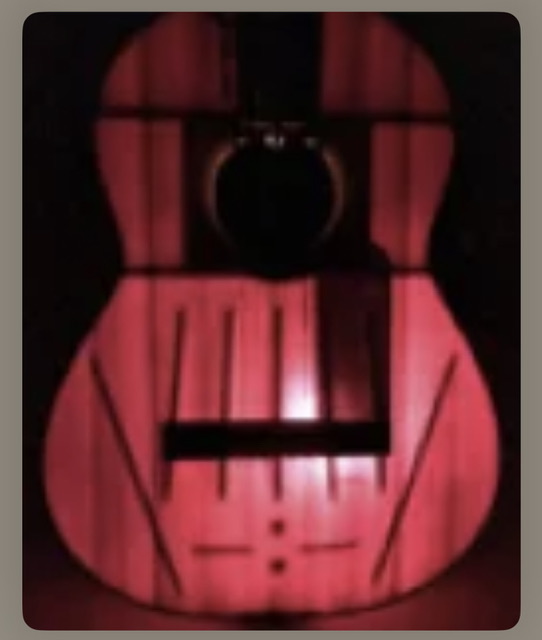

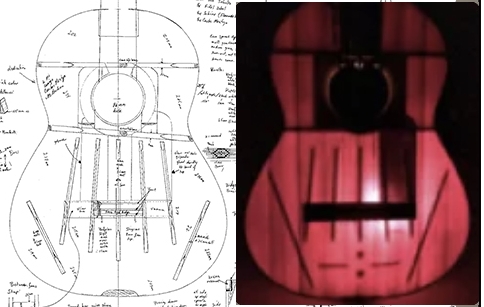
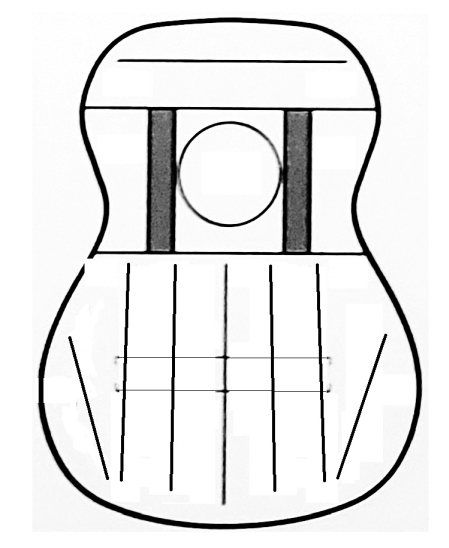
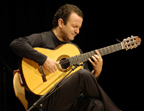
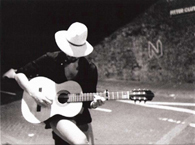
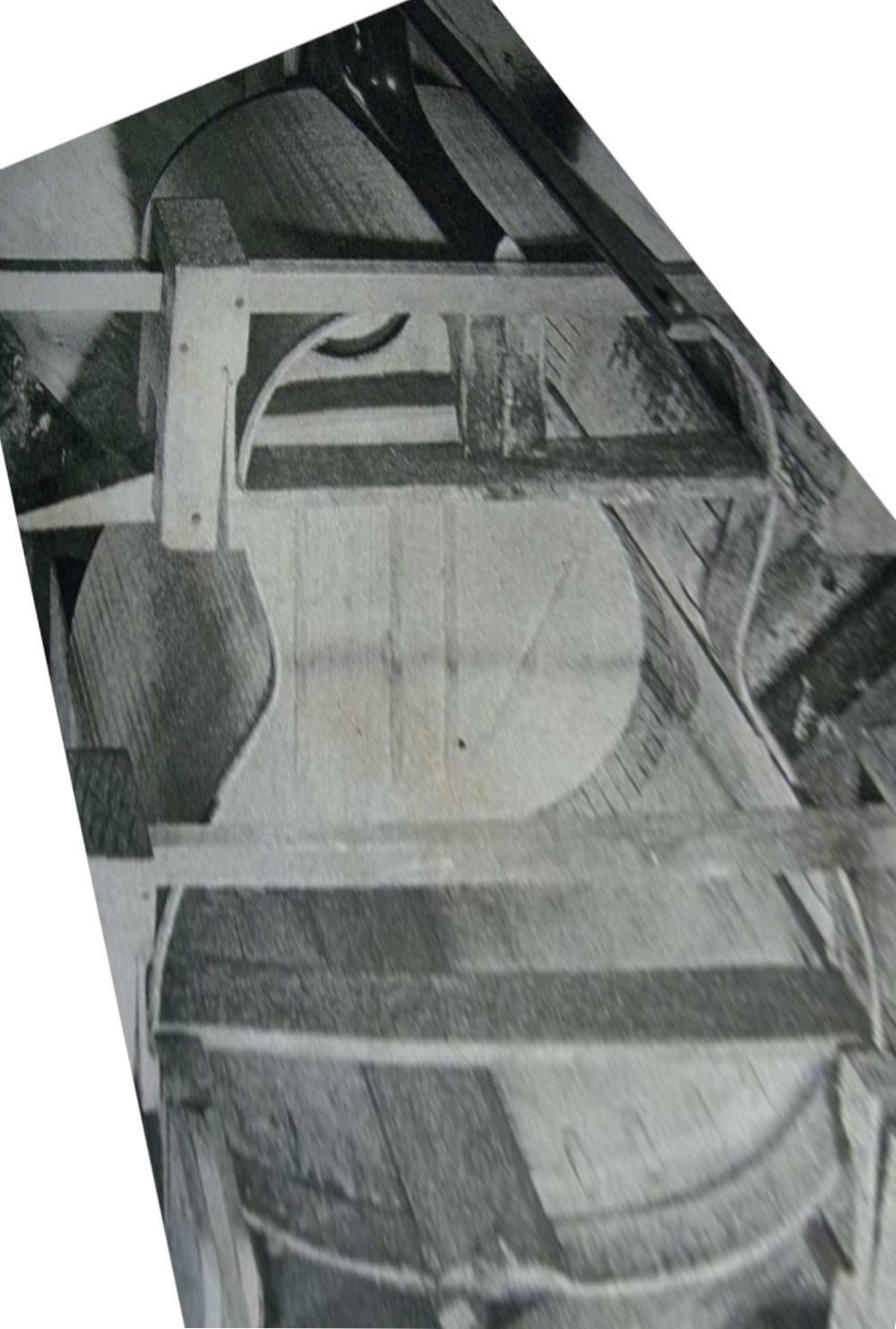
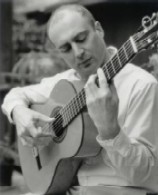
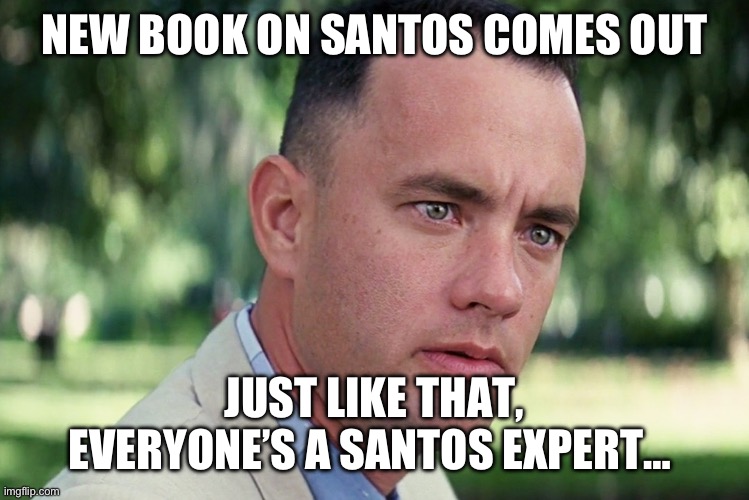
 New Messages
New Messages No New Messages
No New Messages Hot Topic w/ New Messages
Hot Topic w/ New Messages Hot Topic w/o New Messages
Hot Topic w/o New Messages Locked w/ New Messages
Locked w/ New Messages Locked w/o New Messages
Locked w/o New Messages Post New Thread
Post New Thread